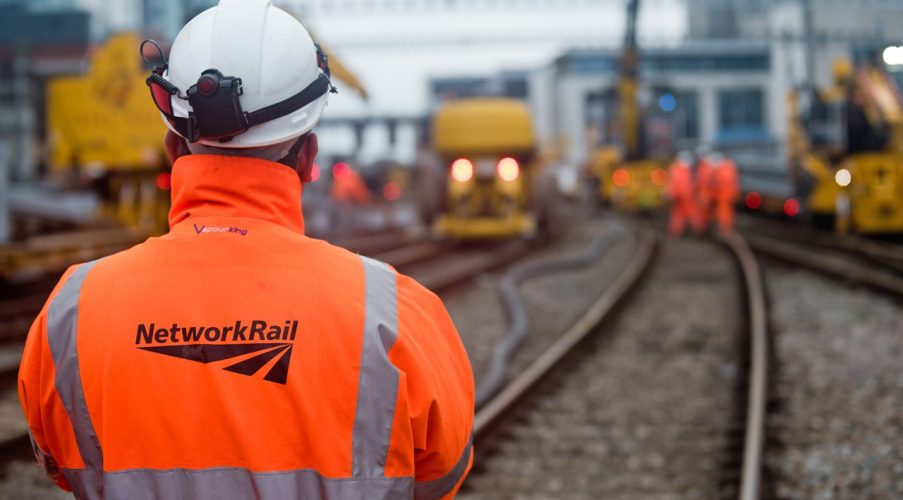Network Rail invites £1bn private sector investment in telecoms infrastructure
Network Rail is seeking private sector investment in its trackside fibre optic cable network in a deal that would enable performance, safety and connectivity benefits for passengers, and save the taxpayer up to £1 billion in costs.

As part of Network Rail’s initiative to create a safer, more modern and digitally-connected rail network, this ambitious plan aims to secure the funding necessary to upgrade telecoms infrastructure along the rail network in an innovative way without relying on subsidies from government or passengers.
Over 16,000km of data cables next to the railway – carrying information essential to running the railway such as signalling for trains, trackside sensors, CCTV, and internet for trains, railway depots and offices – are due to be upgraded.
As Network Rail will not require the full capacity of new cutting-edge fibre optics, there will be sufficient capacity for a third-party to run its own telecoms services – making use of the significant geographical reach of the national rail network to meet demand for improved fibre connectivity across Britain, and taking advantage of the lower cost of fibre deployment along the railway when compared with other deployment methods.
Interested parties are advised to contact Lazard – Network Rail’s advisers on the deal.
If successful, the deal would offer a number of benefits for passengers, frontline rail workers and those living in rural areas.
Enhancing telecoms infrastructure will enable an improved railway with different parts of the infrastructure – such as trains, signalling and level crossings – more connected than before, ultimately reducing delays and disruption. For example, new fibre optic sensors can detect landslips near the railway and better monitor the lineside for fallen trees.
The deal would allow Network Rail to monitor the condition of railway assets more effectively, meaning that faults can be identified and located in real-time. This reduces the number of manual inspections required to be undertaken by frontline workers, and supports a more targeted approach to engineering.
The deployment of new fibre optic cable along all major rail routes would also see Network Rail playing a part in enabling improved connectivity for train passengers, with benefits for those wanting to stream videos or browse online using their mobile phones.
While this deal in isolation would not deliver all of the passenger connectivity benefits, laying the fibre would be an important foundation and enable better connectivity that could then be delivered through upgrades to lineside telecoms masts and on-board train equipment.
Services ran by the investor can also help to support the Government’s commitment to roll out gigabit-capable connections across the UK, with £5bn allocated to supporting deployment to hard-to-reach areas.
Andrew Haines, Network Rail chief executive, said: “Our telecoms infrastructure requires an upgrade if we are to meet the growing connectivity needs of passengers and the railway itself – particularly to make sure our fibre capacity can handle more data, at greater speed, more reliably.
“This proposal makes good business sense for all parties. We get a cutting-edge, future-proof telecoms infrastructure; the investor gets a great business opportunity; train passengers in Britain get an improved service for years to come; and the taxpayer saves a significant amount of money.”
Network Rail will review all expressions of interest and aims to finalise the transaction with a preferred bidder by the end of 2021.























